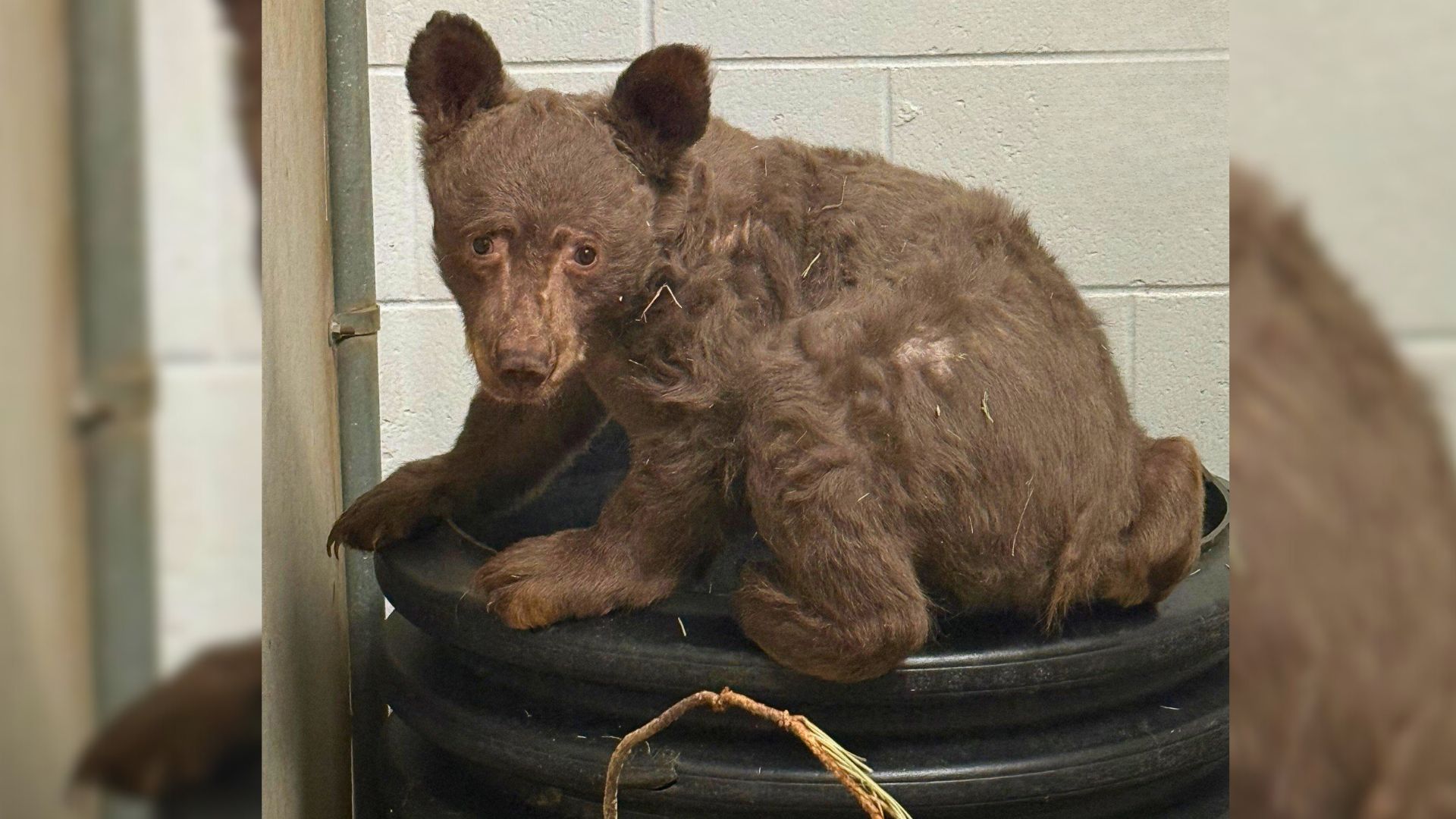Although many people associate animal rescue work with saving stray dogs and cats, some organizations dedicate themselves to protecting wildlife.
These groups work relentlessly to safeguard native species, especially those affected by human activity. Whether the damage is caused by people or simply nature taking its course, animals often bear the consequences.
In one unusual case, a rescue team in California ventured into the woods and encountered something they didn’t expect.
What they found appeared to be a furry, sickly pup. But as they looked closer, they realized this was no ordinary rescue.
Rescuers Identify The Animal And Rush Him To Safety
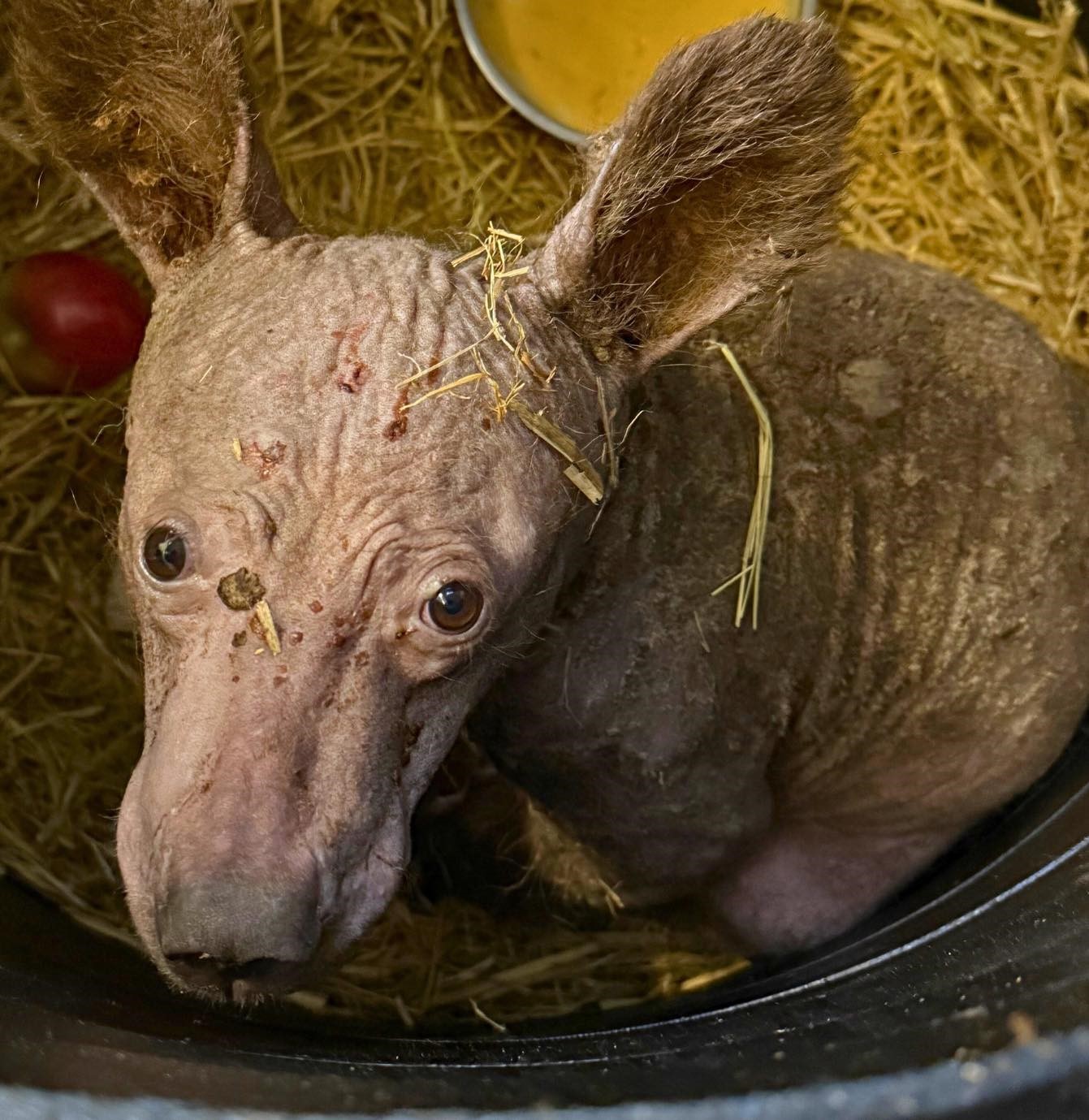
The team from Gold Country Wildlife Rescue (GCWR) was working in North Auburn, California, when they came across a black bear cub in alarming condition.
The young bear was frail and visibly ill. He was dangerously thin, suffering from dehydration, anemia, and multiple skin infections.
Recognizing the urgency, the rescuers acted immediately. They gently transported the cub to their facility to begin emergency treatment.
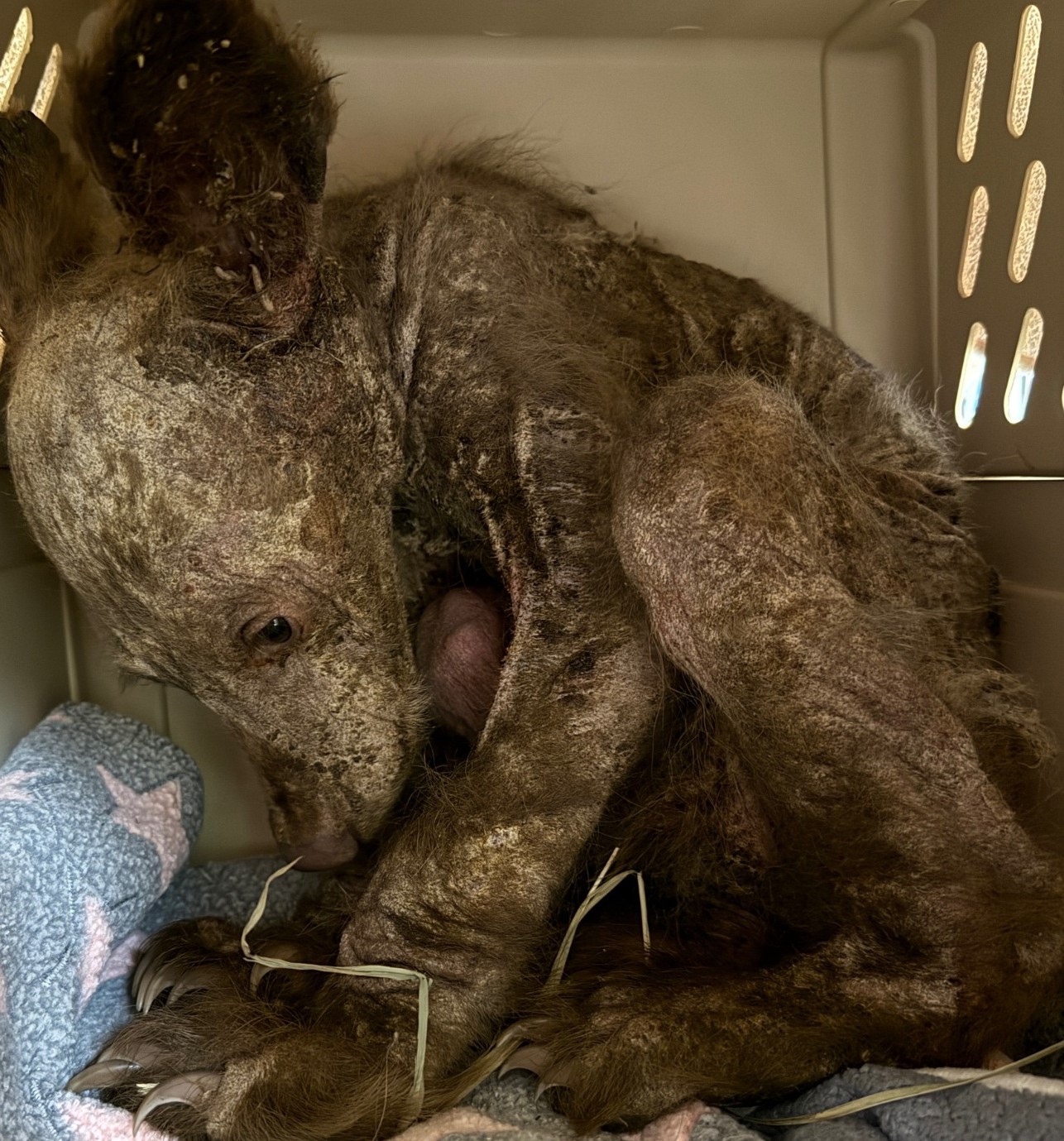
A veterinarian performed a thorough evaluation and confirmed the bear’s condition was critical. He would need a long and intensive care plan, and even then, his recovery wasn’t guaranteed.
Still, the team was determined to give him every chance possible.
As the days passed, their efforts began to show results. Small patches of fur started to grow back, and the bear’s condition slowly stabilized.
From that moment on, the team held onto hope that his situation would continue to improve.
Signs Of Healing Begin To Appear
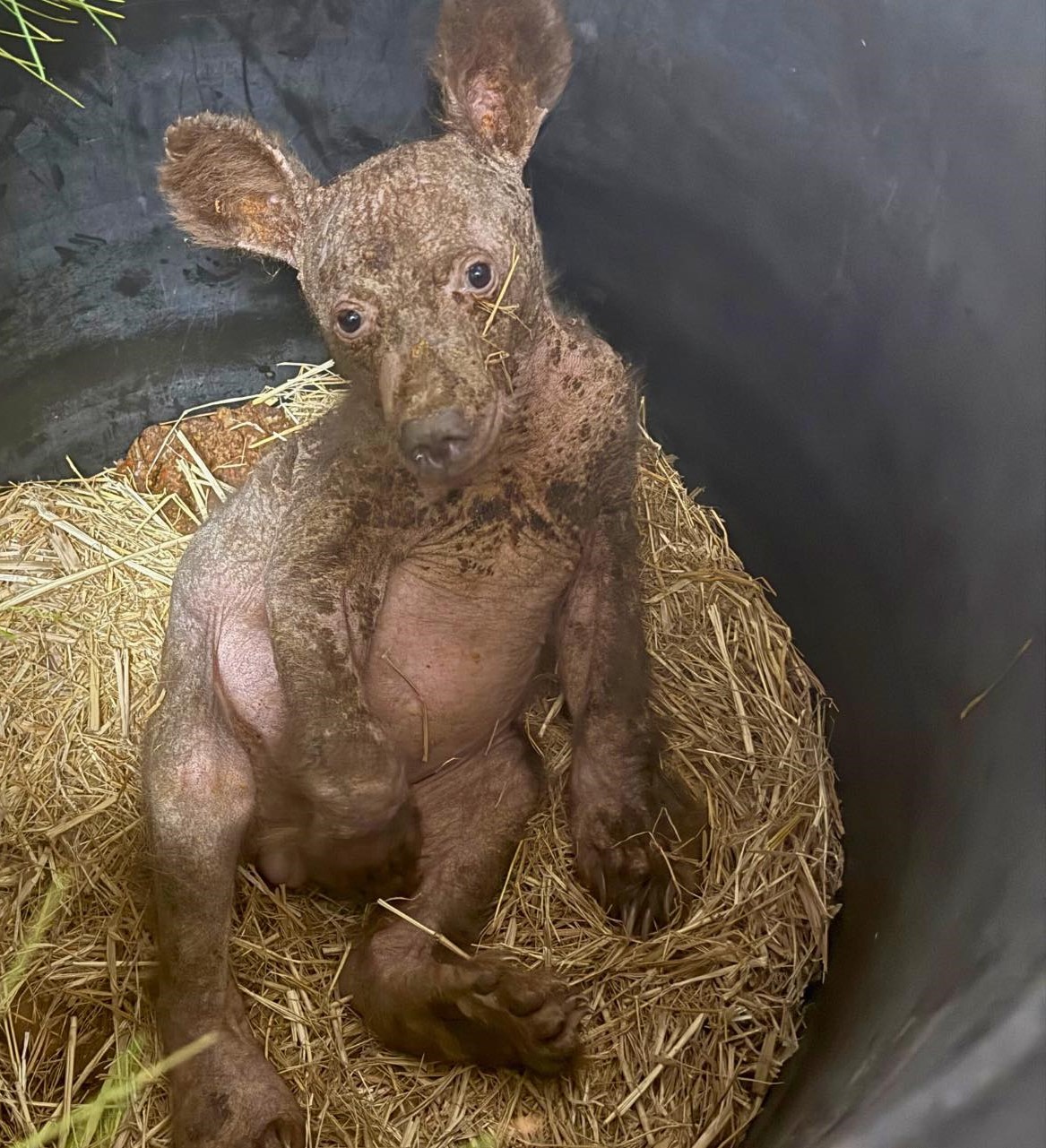
As the bear’s fur returned, his behavior also began to change. He started to show signs of playfulness, which lifted the spirits of the California rescue team. He splashed around in a kiddie pool and rested on a hammock made from firehose material.
Despite these moments of joy, the staff kept their interaction limited. Their goal was to prepare him for life back in the wild.
With each passing day, his strength increased. His body grew healthier, and his energy returned.
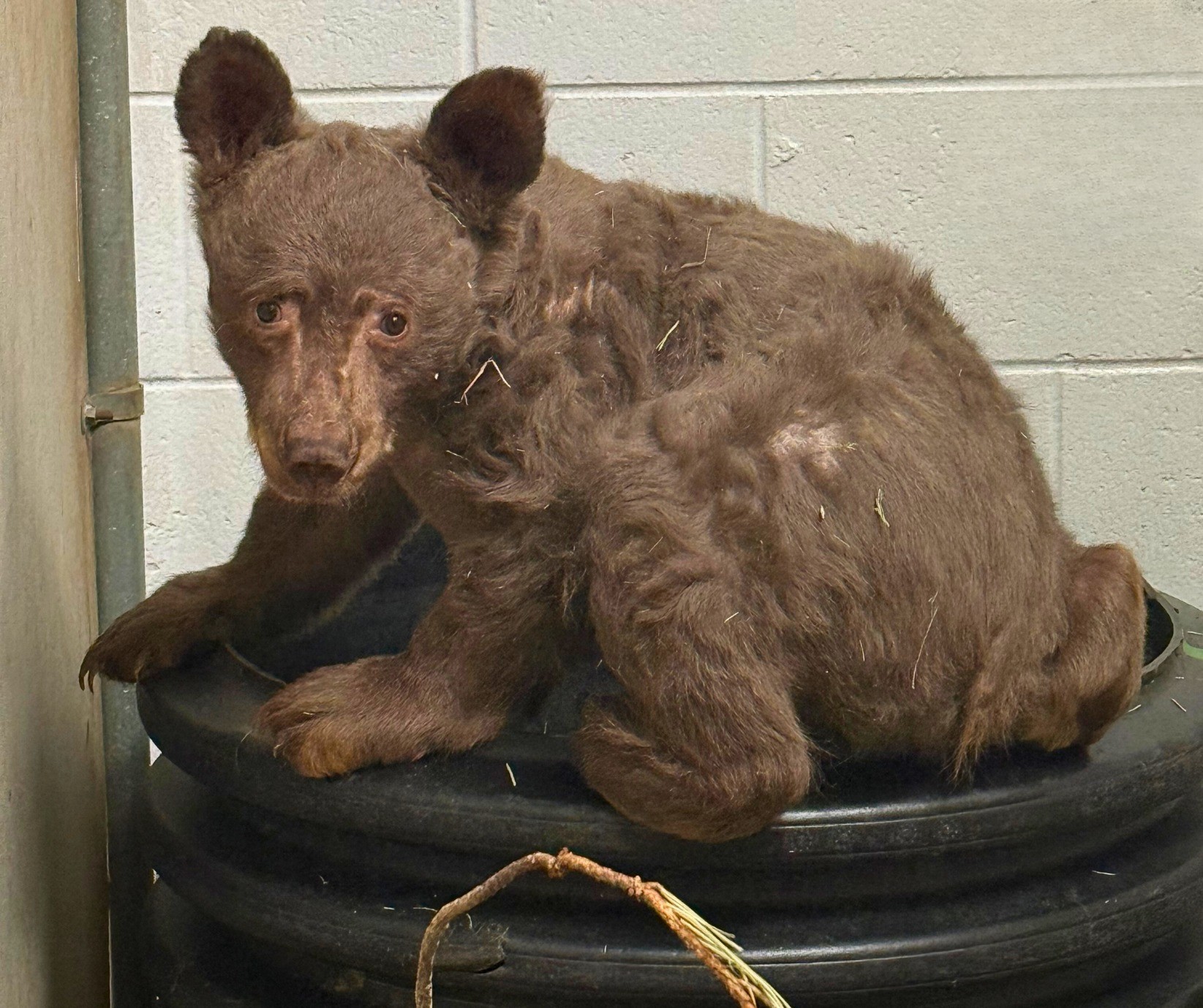
Now that his condition had improved, the team faced a difficult decision. Should they keep him in the sanctuary for continued care, or release him into his natural habitat?
They understood that extended time with humans could affect his instincts, so they weighed their options carefully. For now, the bear remains under close observation, surrounded by people who are committed to his recovery.
With continued care and patience, the bear may one day roam the forests of California again, living the life he was always meant to have.
